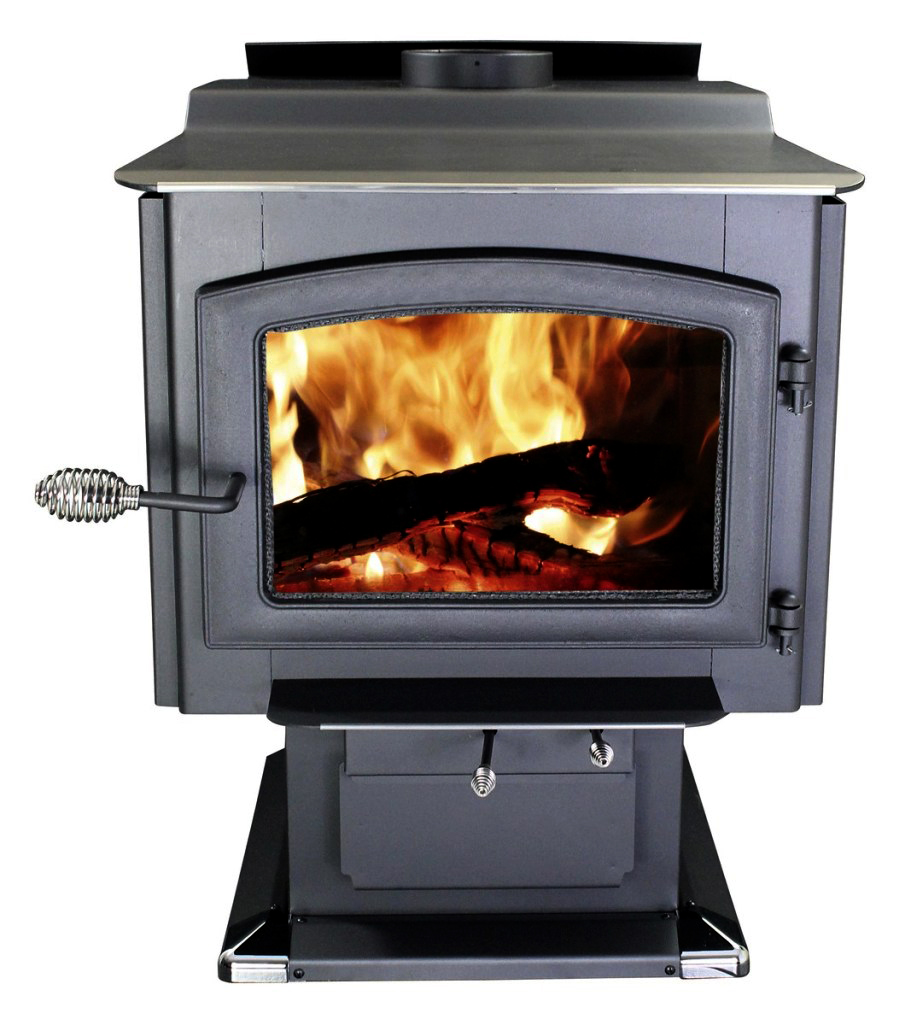This year we decided to "upgrade" our stove. We've had a boxwood cast iron stove for the last 10 years and bought a firebox stove with a window. It gave us increased capacity and we thought higher heat output due to the BTU rating. We're kind of regretting it, since the cast iron stove radiated heat MUCH better than this new one. I bought a stove pipe heat reclaimer to try and make up for the radiating heat issue on the new one. When I disassembled the stove pipe, I found significant creosote buildup in the pipe. In 10 years of using our cast iron stove, that pipe has only ever had a soot layer build up on it. I cleaned up more creosote after 2 weeks of use on this new stove than I did on 10 years of the old one.
In researching, I think I've been using the new stove wrong. We're still figuring out the air control for this one. It has two levers for air control. One opens an air hole under the stove and at the back, I think this is my damper. The other opens an air hold underneath and at the front, they call this one the burn control. From what I've read, I should not be completely closing the damper lever and I think that's what's led to my buildup. I know my stove pipe doesn't get as hot as it used to with this one.
Can someone with some wisdom help me out? People use these stoves all the time to heat their homes, so I know I'm doing something wrong with it.
In researching, I think I've been using the new stove wrong. We're still figuring out the air control for this one. It has two levers for air control. One opens an air hole under the stove and at the back, I think this is my damper. The other opens an air hold underneath and at the front, they call this one the burn control. From what I've read, I should not be completely closing the damper lever and I think that's what's led to my buildup. I know my stove pipe doesn't get as hot as it used to with this one.
Can someone with some wisdom help me out? People use these stoves all the time to heat their homes, so I know I'm doing something wrong with it.




![[Hearth.com] New stove creosote buildup](/talk/data/attachments/270/270953-83a1a62e08ccfdc313534cd05a5e86ee.jpg?hash=TfxuQz_pA2)
![[Hearth.com] New stove creosote buildup [Hearth.com] New stove creosote buildup](https://www.hearth.com/talk/data/attachments/271/271288-c3bbe79245374cfa7d8b0821e766ca39.jpg?hash=NU1IuteZp9)